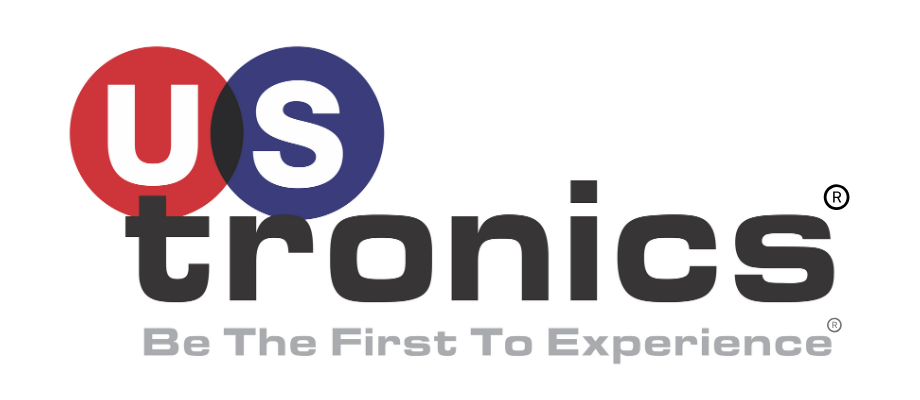Satellites and Scientific Research
In the pursuit of science, scientists may conduct their work in a variety of places and environments. These locations can vary wildly, from labs in the busiest cities to camps in the wilderness. Regardless of where research may occur, it should have access to the best quality supporting assets that can be feasibly obtained. Obviously, just as the places that research takes place vary, so too do the assets and capabilities required to support it.
Communication is one area of concern for scientists in many territories, especially those without substantial communications infrastructure. Even when research is undertaken by an individual or small team in a remote area, as is often the case for wildlife or environmental studies, it nearly always involves outside elements. In any case, a secure communications channel is also crucial for safety, as it allows individuals to call for help in the event of an emergency. Luckily, satellite communication offers scientists the ability to fulfill their communication needs while also being portable and easy to use, something important in rough environments. Mobile terminals like the Explorer BGAN 510 and the Iridium Certus, both of which are offered by UStronics, can provide small groups of researchers with primary access to the internet. Mobile terminals give enough bandwidth to allow for necessary internet activities, such as checking email or sending messages, to be undertaken by individual scientists or small groups. Mobile terminals are also extremely compact and are quite survivable, allowing them to be taken wherever they are needed.
UStronics also offers a wide selection of satellite phones, including some with push-to-talk capabilities. Satellite phones allow for effective communication in the event of an emergency, as they can be used to make calls to emergency services like regular phones, except they can function in areas without cellular network coverage. Obviously, satellite phones can also be used for everyday purposes by scientists, such as checking in with base camps or keeping in touch with relatives. Satellite phones with push-to-talk capabilities can also be used by scientists to communicate with each other when in areas without cellular network coverage, such as remote wilderness. They can be used in place of traditional radios for communication between researchers in remote areas.
Having access to phone services is vital for scientists, but access to the internet can be just as essential for researchers in the field. Internet access allows researchers to access data and transmit information rapidly, and it can be used to send data directly to labs for rapid analysis. For researchers working in remote areas, internet access is often difficult to obtain. Still, UStronics offers a wide selection of high bandwidth satellite internet products that are both effective and easy to use. Fly away VSAT’s like the Explorer 5075GX can be set up quickly and are airline checkable, making them easy to transport to remote locations. These VSAT’s provide an internet connection via satellite, allowing researchers to remain connected no matter their location. With these, and other products, UStronics offers a wide range of communications solutions for scientists, allowing them to conduct their research with much greater success.
